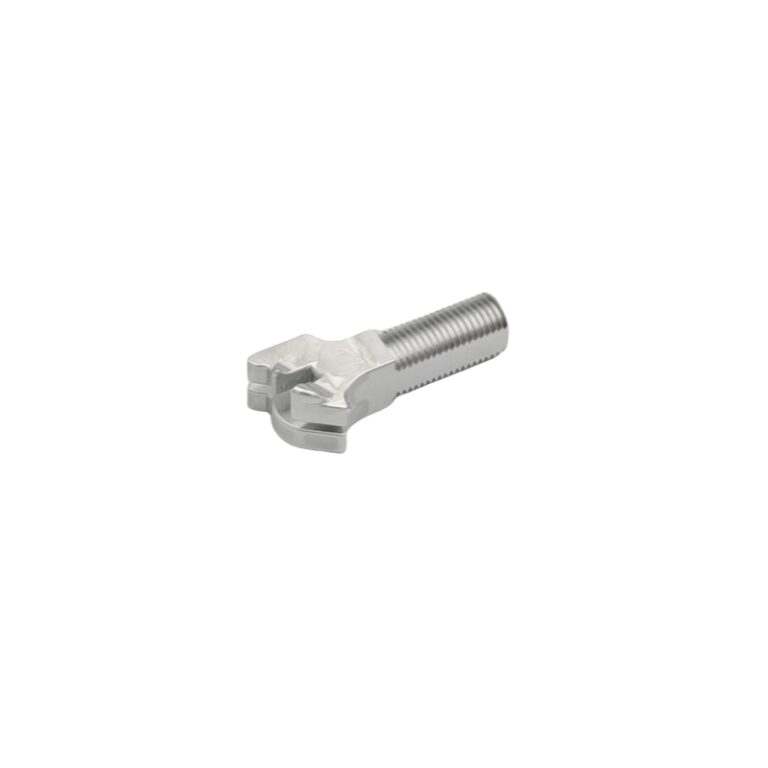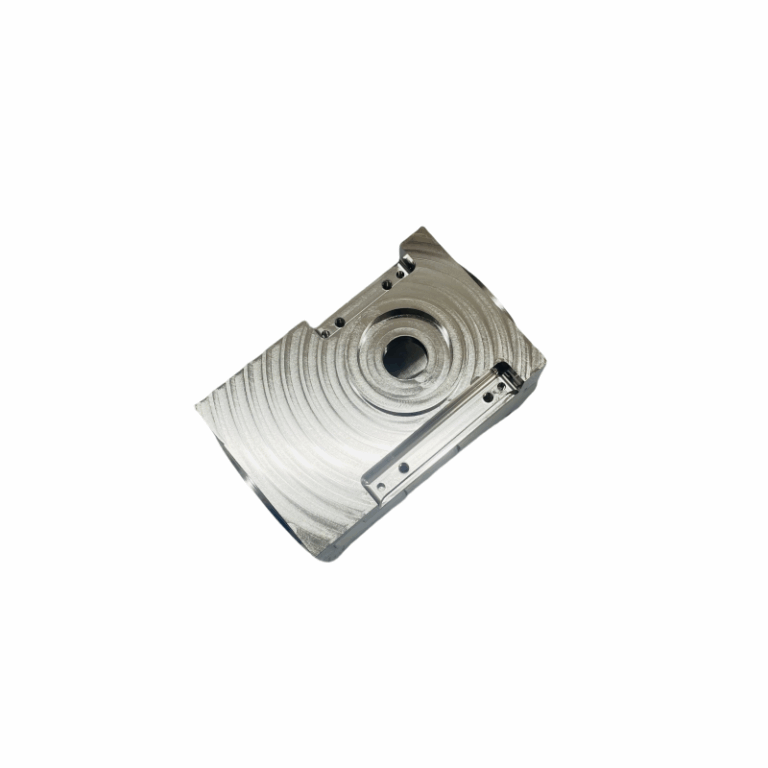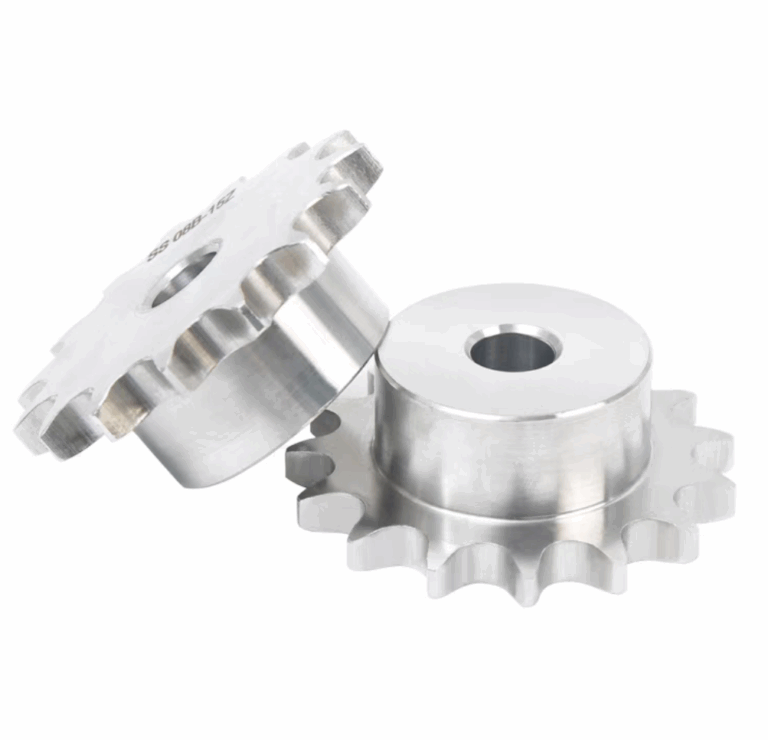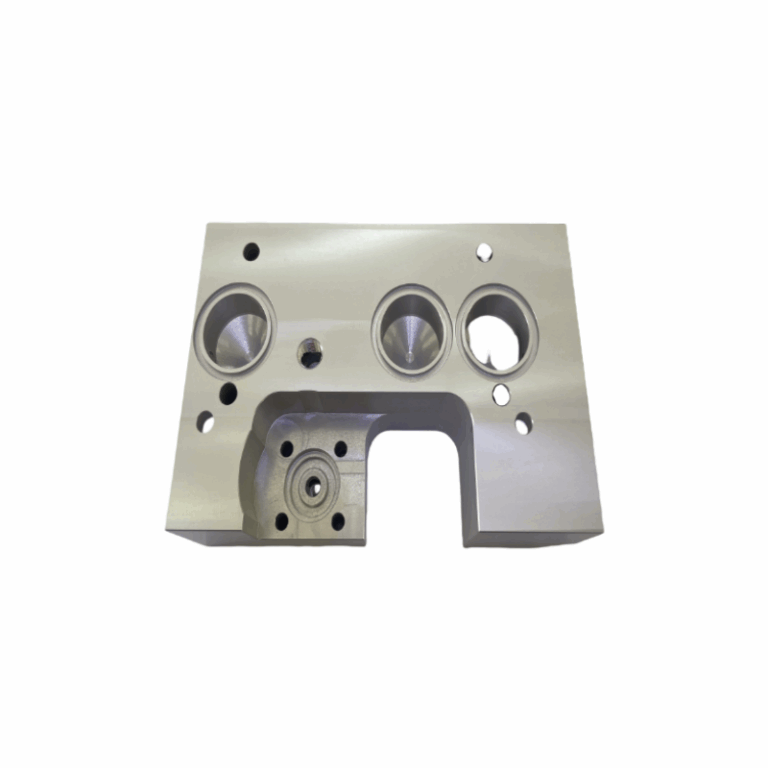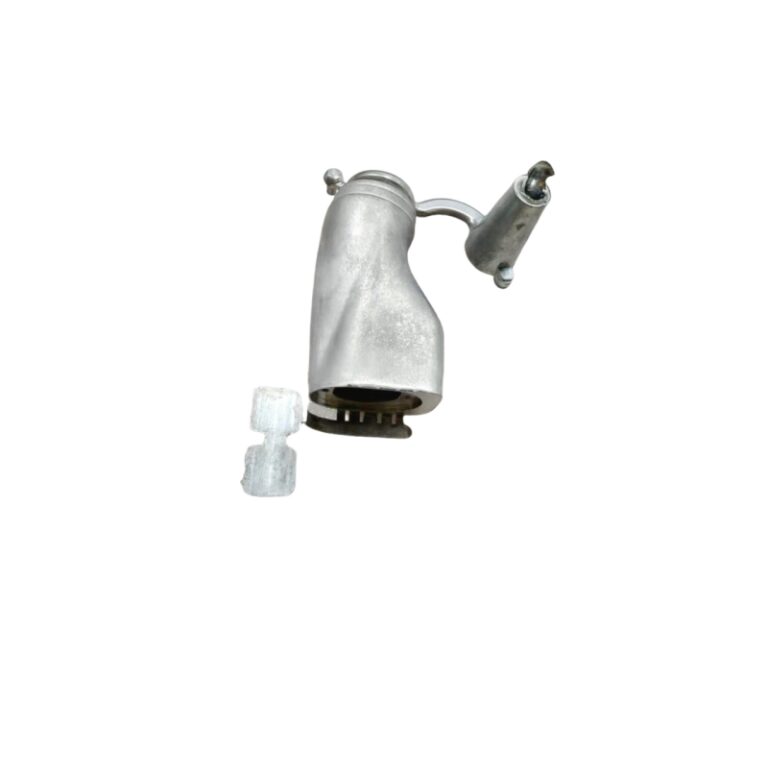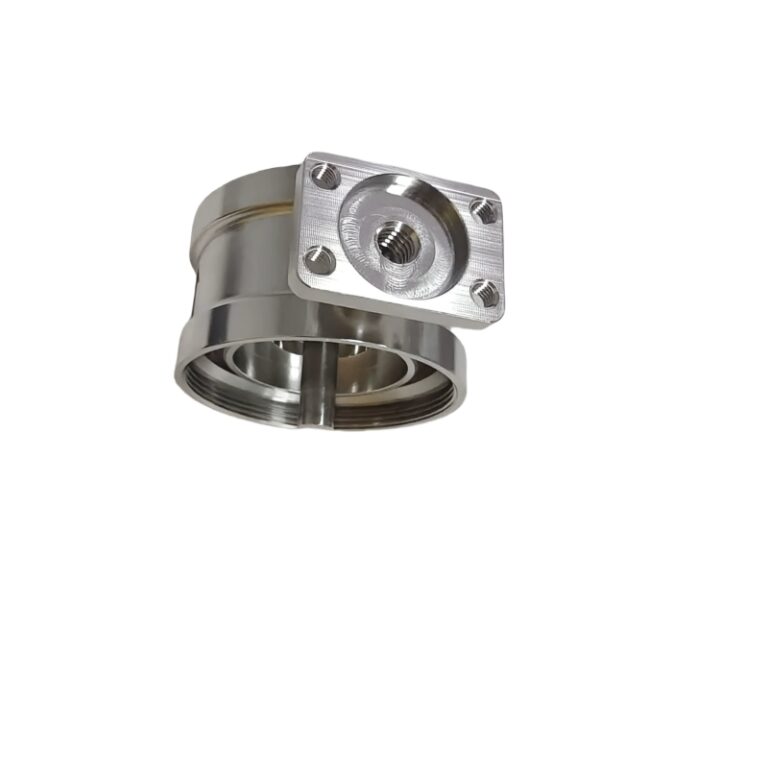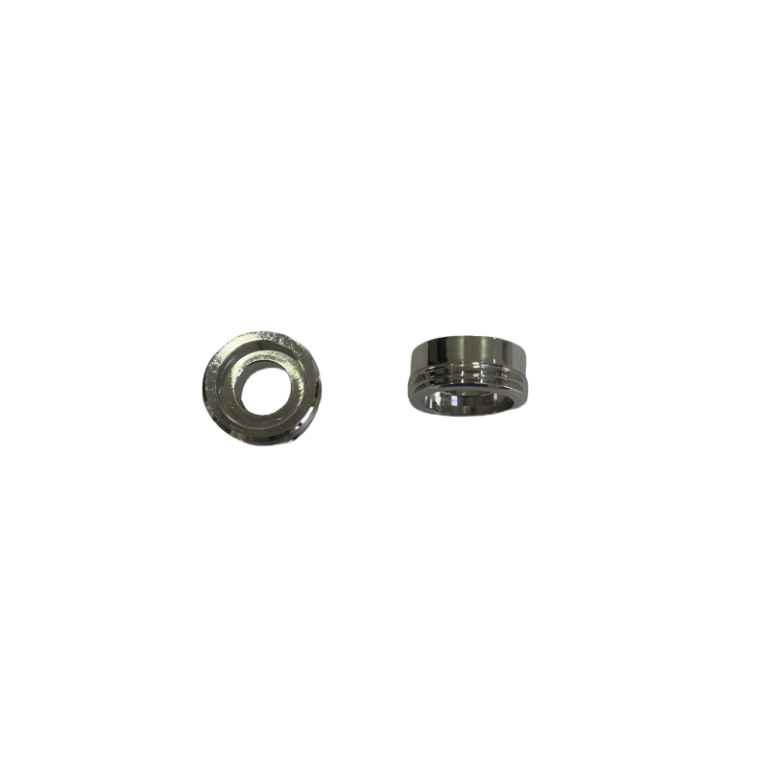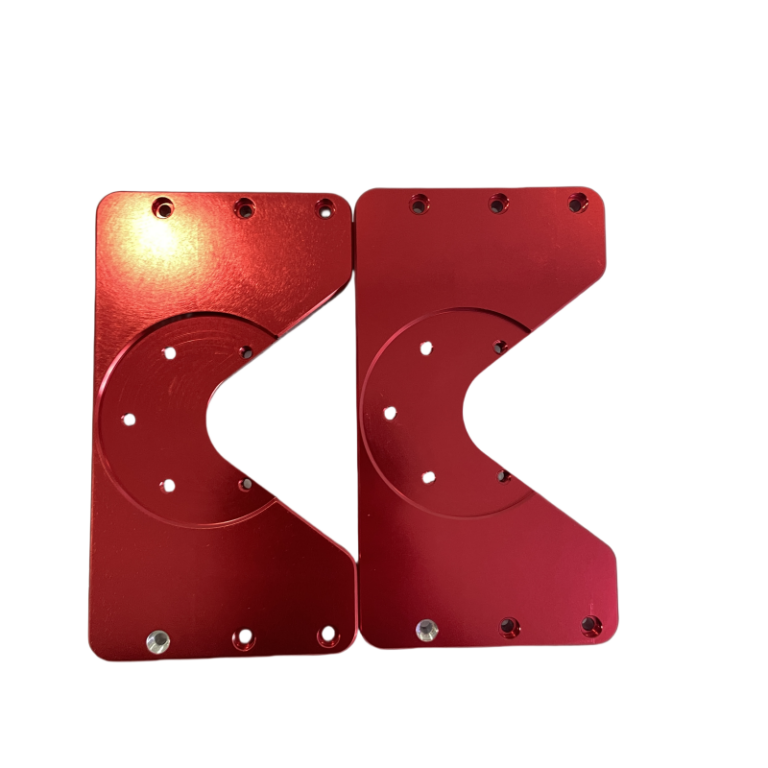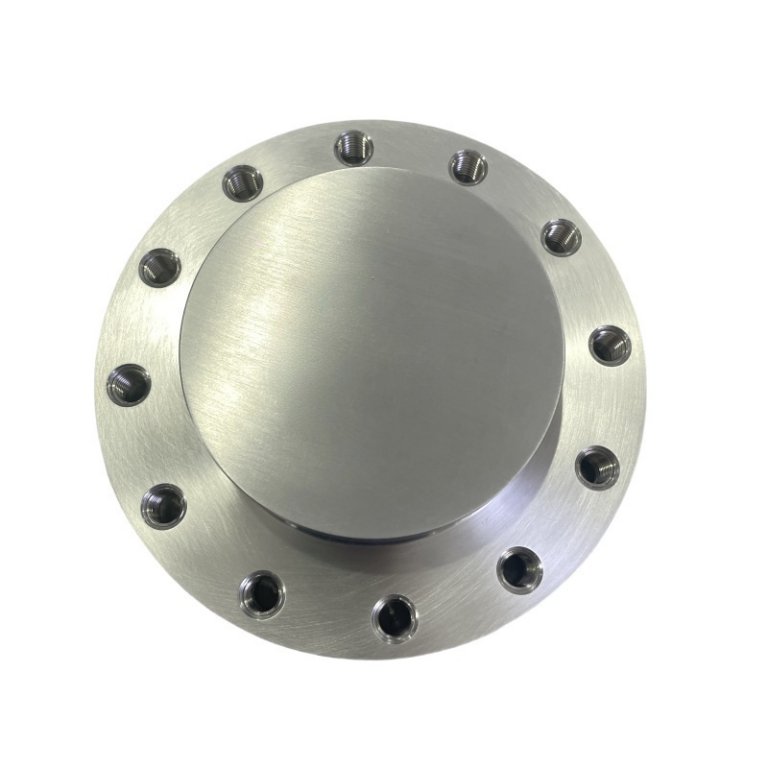4140 Steel is highly praised for its outstanding performance, including high strength, toughness, and wear resistance. These qualities make it a popular choice for industries such as aerospace, automotive, marine, construction, oil and gas. However, there are some important things to keep in mind when welding 4140 steel. This article will introduce in detail the definition, advantages, heat treatment process, welding steps, factors affecting welding, and precautions during welding.
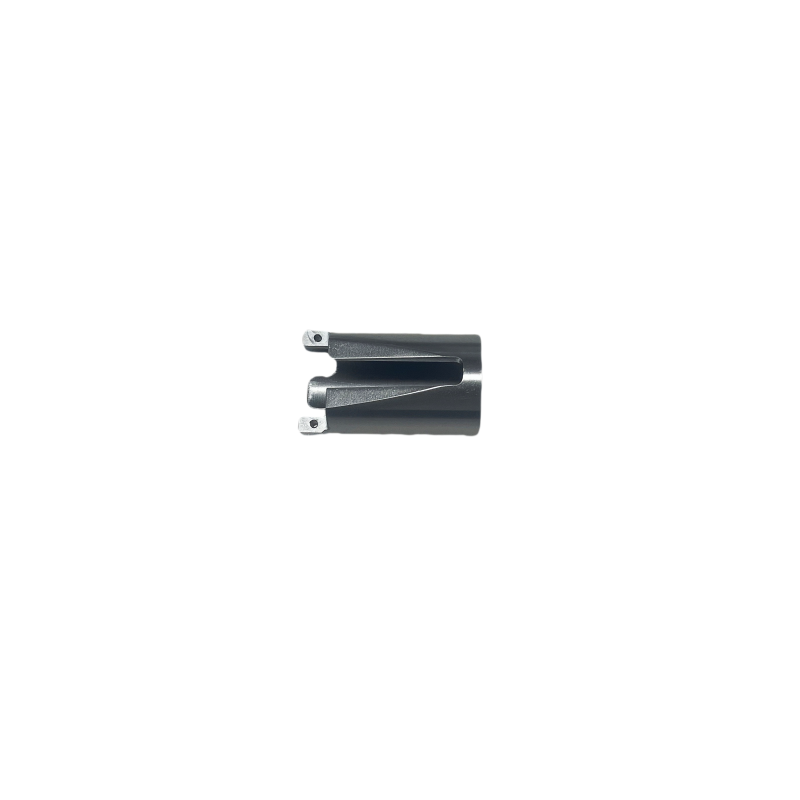
What is 4140 steel?
4140 steel is an alloy structural steel made through specific smelting processes and alloy element ratios. It contains elements such as carbon, manganese, chromium, and molybdenum, and the carbon content accounts for at least 0.38%, so it is considered medium-carbon steel. The ratio of these elements imparts high strength, good toughness, and excellent wear resistance to steel. In addition, the steel also has good weldability and machining properties. It is often used to forge gears and shafts (motor shafts, pump shafts, hydraulic shafts, etc.), high-strength bolts, and valve covers.
Advantages of 4140 Steel
- Good toughness: 4140 steel can absorb a large amount of energy before breaking. This is because it has good toughness and can provide applications involving impact, dynamic loads, or other mechanical properties.
- High Strength: 4140 Alloy Steel has high tensile strength and yield strength and is a stronger and more durable material that is ideal for manufacturing structural parts.
- Wear resistance: Hardness is one of the characteristics that enhance the wear resistance of 4140 steel. This is why it is often used in parts that may experience friction or wear.
The Heat treatment process of 4140 steel:
Heat treatment changes the structure and properties of a material through heating and cooling to achieve the desired mechanical properties and wear resistance. Through a reasonable heat treatment process, it can achieve good hardness and toughness.
Process flow:
- Pretreatment: Clean the initial material and remove surface oxides to ensure the effect of subsequent heat treatment.
- Heating: Heat the 4140 steel material to an appropriate temperature, usually 800-850°C. The heating process should be maintained evenly to avoid overheating or uneven heating, causing the material to deform or uneven penetration.
- Insulation: Keep the 4140 steel material heated to the appropriate temperature for a certain period to achieve a uniform temperature distribution and phase change.
- Cooling: The insulation 4140 steel material is quickly cooled, usually by water quenching or oil quenching. Control of cooling speed has an important impact on the performance of the final material. Too fast or too slow a cooling speed will lead to a decline in material performance.
- Tempering: Heat the quenched 4140 steel material to an appropriate temperature, usually 150-300C, and then cool it after insulation for a period of time. The purpose of tempering is to eliminate internal stress and brittleness generated during cooling and improve the toughness of the material.
The 4140 steel heat treatment process is a commonly used method to improve the mechanical properties and wear resistance of steel. The selection of heat treatment processes and the control of parameters have an important impact on the performance of the final material and need to be adjusted according to specific requirements. DMTC has the most advanced equipment and a group of highly skilled technicians who can precisely handle steel parts. Choose high-quality steel products. Please select DMTC.
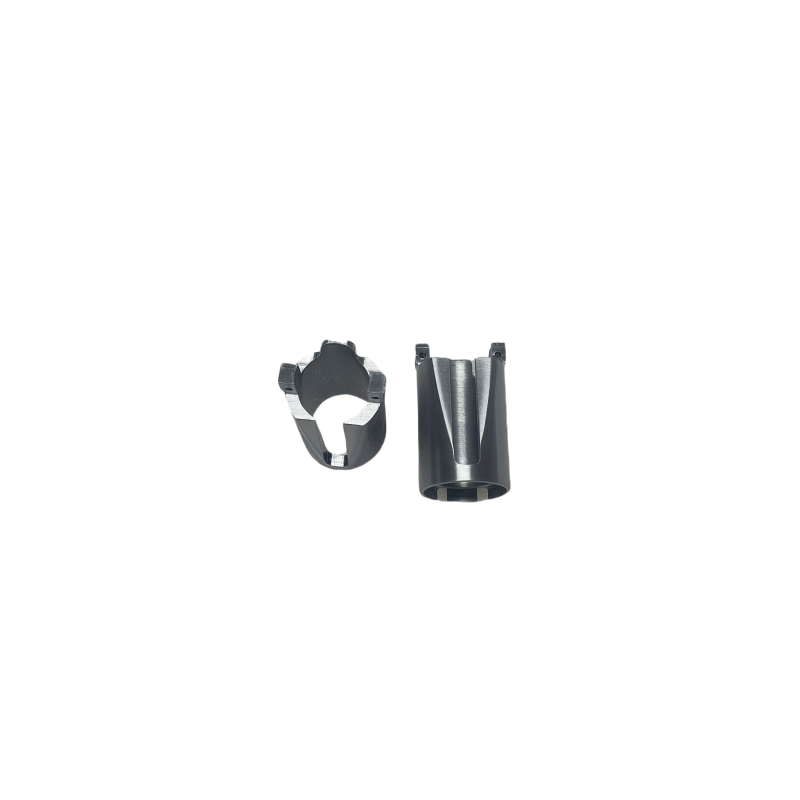
What are the welding steps for 4140 steel?
- Check and prepare working materials and equipment to ensure the quality and integrity of the materials and select appropriate welding equipment and auxiliary tools.
- Ensure the cleanliness and preparation of the welding area, and provide good welding conditions by removing impurities such as oxides, surface dirt, and grease.
- Control welding parameters, such as welding current, voltage, speed, and gas flow rate. Adjust according to the requirements of welding materials and structure to achieve the best welding effect.
- Regularly check the welding quality, including the appearance, size, and welding defects of the weld. Non-destructive testing is performed, if necessary, to ensure the integrity and strength of the welded structure.
- Finally, conduct overall welding quality acceptance and conduct inspections and evaluations according to relevant standards and specifications to ensure the quality and safety of the welding structure.
4140 Steel is a high-strength alloy steel that can be welded using any common welding method. However, it is important to preheat the steel to 250 to 300 degrees Fahrenheit before welding and heat treatment between 1100 and 1200 degrees Fahrenheit for at least one hour to ensure optimal mechanical properties.
When welding 4140 steel, it is also important to use a low hydrogen welding process and thoroughly clean the base material before starting the welding. This will help prevent cracks in the weld due to hydrogen-cooling cracks.
Some specific tips for welding 4140 steel include:
Use low hydrogen electrodes such as E7018 or flux-core wire. Preheat the base material to 250-300 degrees Fahrenheit. Keep the interlayer temperature below 500 degrees Fahrenheit. Slow cooling speeds are used after welding, such as wrapping the weld in an insulating material. Post-weld heat treatment is performed by heating the weld and base material to a temperature of 1100-1200 degrees Fahrenheit for at least one hour and then allowing it to cool slowly.
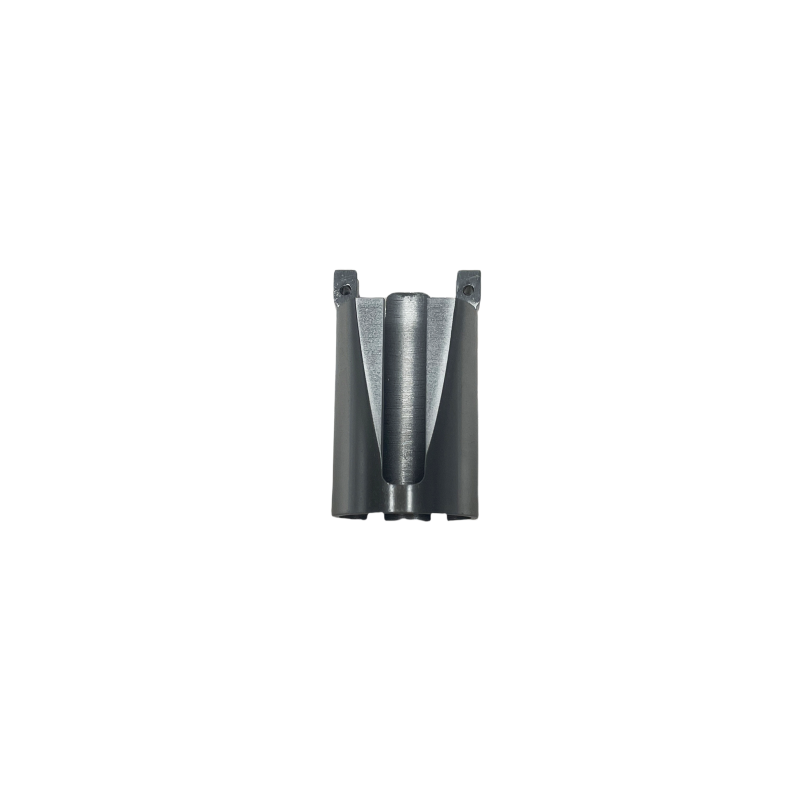
What are the factors that affect the welding of 4140 steel?
- Select fill metal to control hydrogen and cooling rate.
- Preheating, slow cooling, and post-welding heat treatment to prevent cracks.
- Reduce the sulfur and phosphorus content to improve the quality of the welded joints.
- Use low hydrogen welding rods to avoid welding 4140 steel under back-tempering conditions.
- Welding during annealing to eliminate stress.
What should be paid attention to when welding 4140 steel?
- Wear appropriate protective equipment, including welded helmets with suitable filter covers, flame-retardant gloves, and protective clothing to prevent burns, eye damage, and harmful UV radiation.
- Ensure that the welding area is well-ventilated to avoid inhalation of smoke and gas, and use a suction smoke respirator or air supply respirator in confined spaces.
- Maintain a clean working environment, remove any flammable materials, and ensure that the welding area is free of grease, oil, and other contaminants.
- Check the welding equipment for any damage and ensure proper grounding to prevent electrical hazards.
By following these safety measures, you can minimize risks and create a safer welding environment.
FAQ:
Q1: Can I weld 4140 steel without preheating?
Preheating is strongly recommended, especially for thicker parts, to reduce the risk of cracking during welding.
Q2: Are there any specific electrodes or wires recommended for 4140 steel?
Low hydrogen electrodes (e.g., E7018) are commonly used to weld 4140 steels because they reduce the risk of hydrogen-induced cracking.
Q3:4140 What is the upper limit of carbon content in steel to obtain good weldability?
Although there are no strict restrictions, higher carbon content increases the risk of cracking during welding. Welding parameters must be carefully considered.
Q4: 4140 Can steel be welded to other types of steel?
Yes, 4140 steel can be welded to other types of steel, but the welding process and fill material choices may vary depending on the specific combination of steel.

